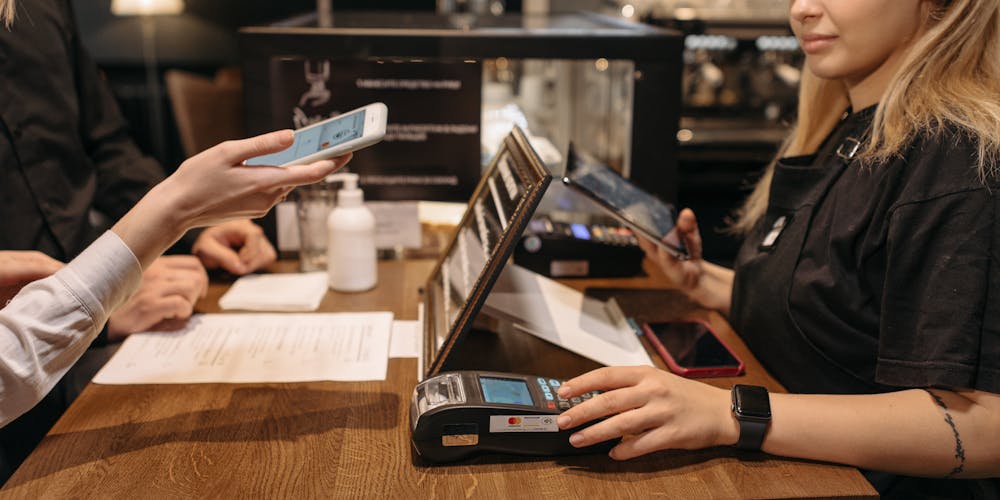Apple’s recent decision to open up the iPhone’s NFC chip to third-party contactless payment services has garnered approval from the European Union, marking a significant shift in the company’s business practices. This decision forms part of Apple’s compliance with the Digital Markets Act (DMA), a regulation crafted to encourage fair competition within the digital market. Introduced with iOS 17.4, this update is significant not only for its practical implications but also for its avoidance of substantial EU-imposed fines. Apple has also included support for third-party app stores in this update, signaling the company’s commitment to adhering to the new regulatory landscape.
The EU’s satisfaction with Apple’s NFC-related modifications signals a positive turn in what could have been a more severe outcome for the tech giant. The end of the probe marks a milestone; Apple has successfully avoided a fine that could have amounted to 10% of its annual revenue, around $40 billion. This regulatory approval means that third-party developers in the European Union can now integrate contactless payment functionalities directly into their apps without relying solely on Apple Pay or Apple Wallet. This new flexibility affords developers greater autonomy and diminishes Apple’s monopoly over iPhone payment services, marking a win for fair competition advocates.
Long-Term Compliance and Persistent Scrutiny
Apple’s recent move to open the iPhone’s NFC chip to third-party contactless payment services has received approval from the European Union, marking a notable shift in the tech giant’s business model. This change is in compliance with the Digital Markets Act (DMA), a regulation aimed at promoting fair competition in the digital market. Introduced with iOS 17.4, this update not only has practical implications but also helps Apple avoid hefty fines from the EU.
Additionally, Apple has expanded its support to include third-party app stores, demonstrating its commitment to adhering to the new regulatory framework. The EU’s approval of Apple’s changes signals a positive outcome, avoiding a potential fine that could have been as high as 10% of Apple’s annual revenue, or roughly $40 billion.
This regulatory green light means that third-party developers in the European Union can now integrate contactless payment functionalities directly into their apps, bypassing the need to rely solely on Apple Pay or Apple Wallet. This increased flexibility offers developers more control and reduces Apple’s dominance in iPhone payment services, representing a victory for advocates of fair competition in the digital landscape.

